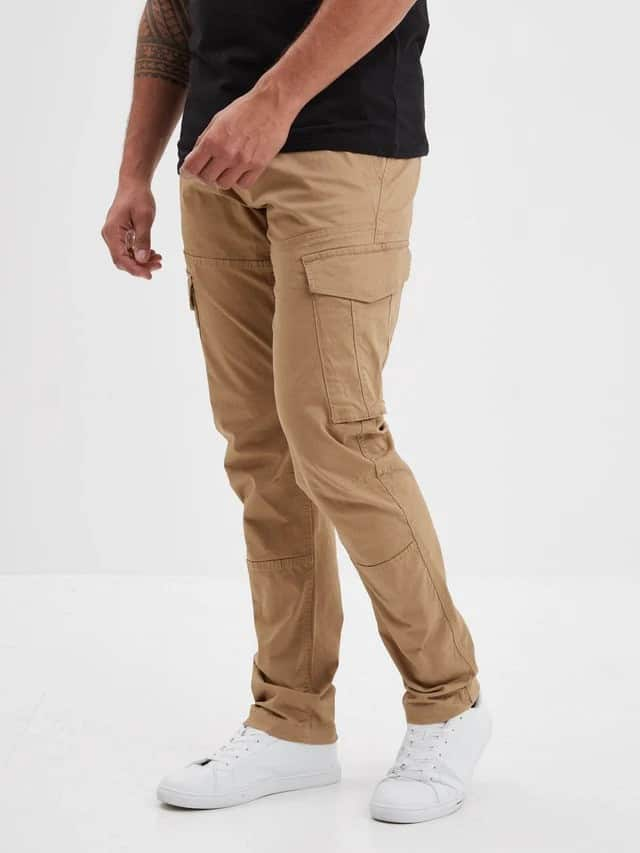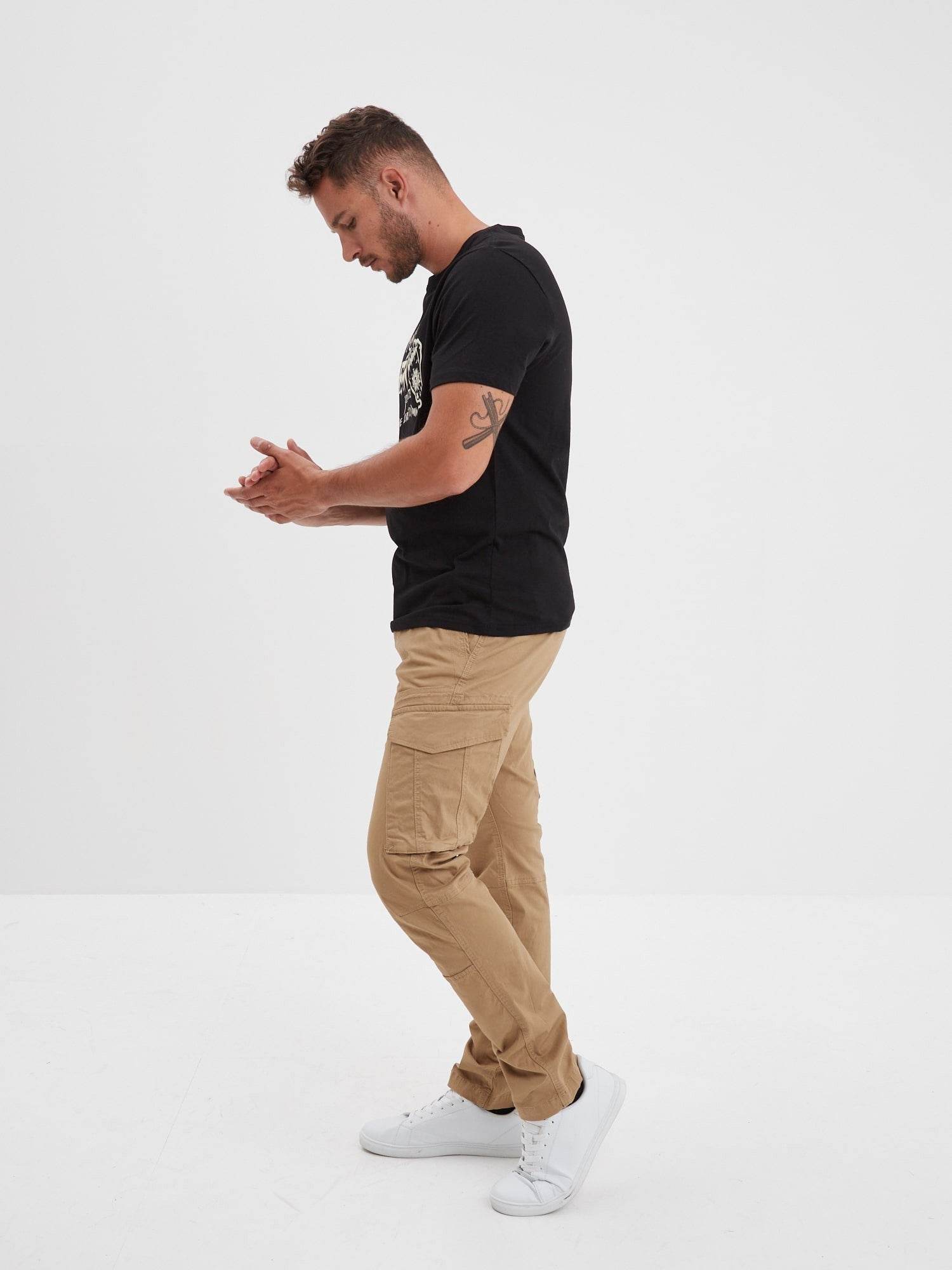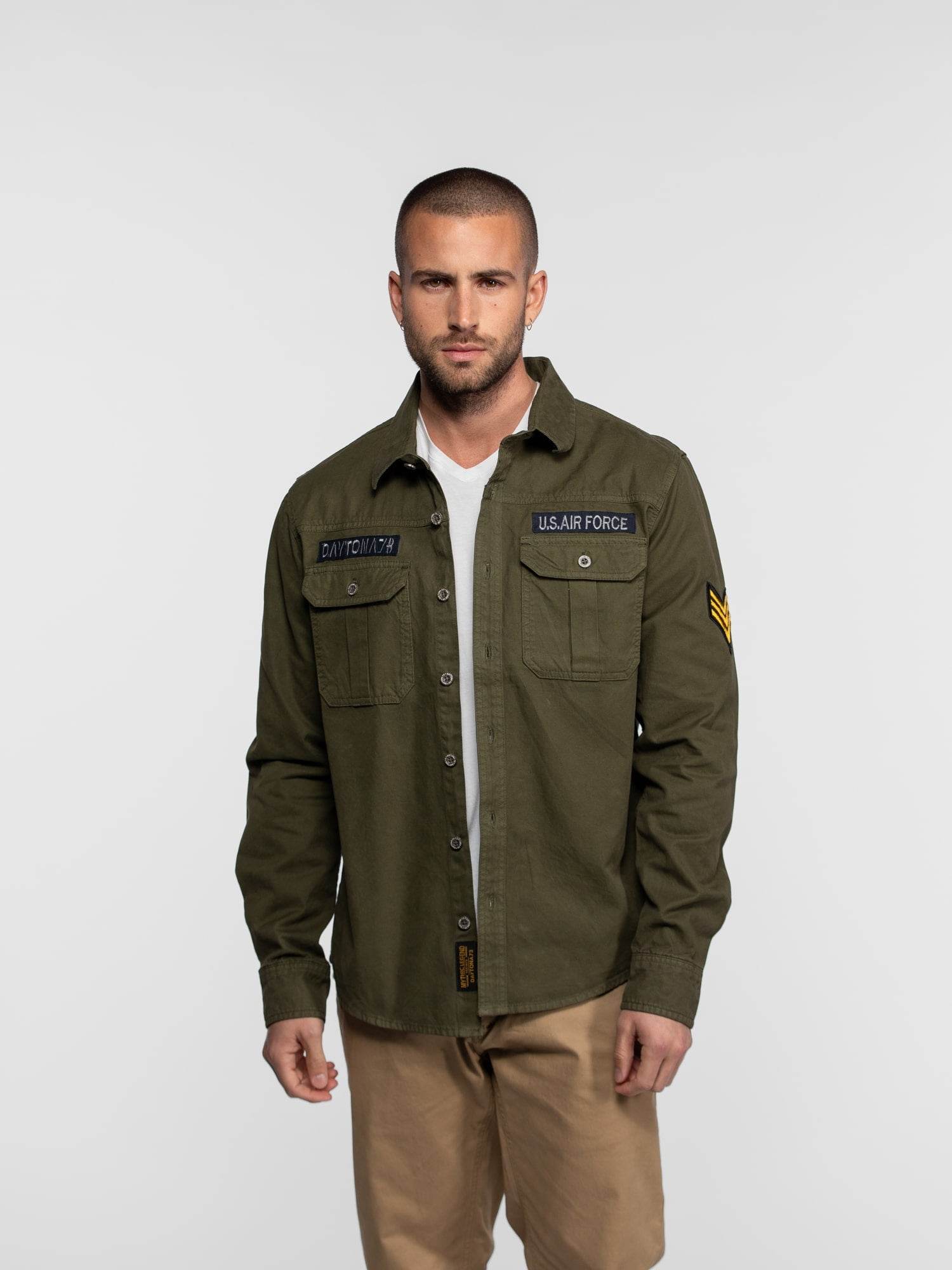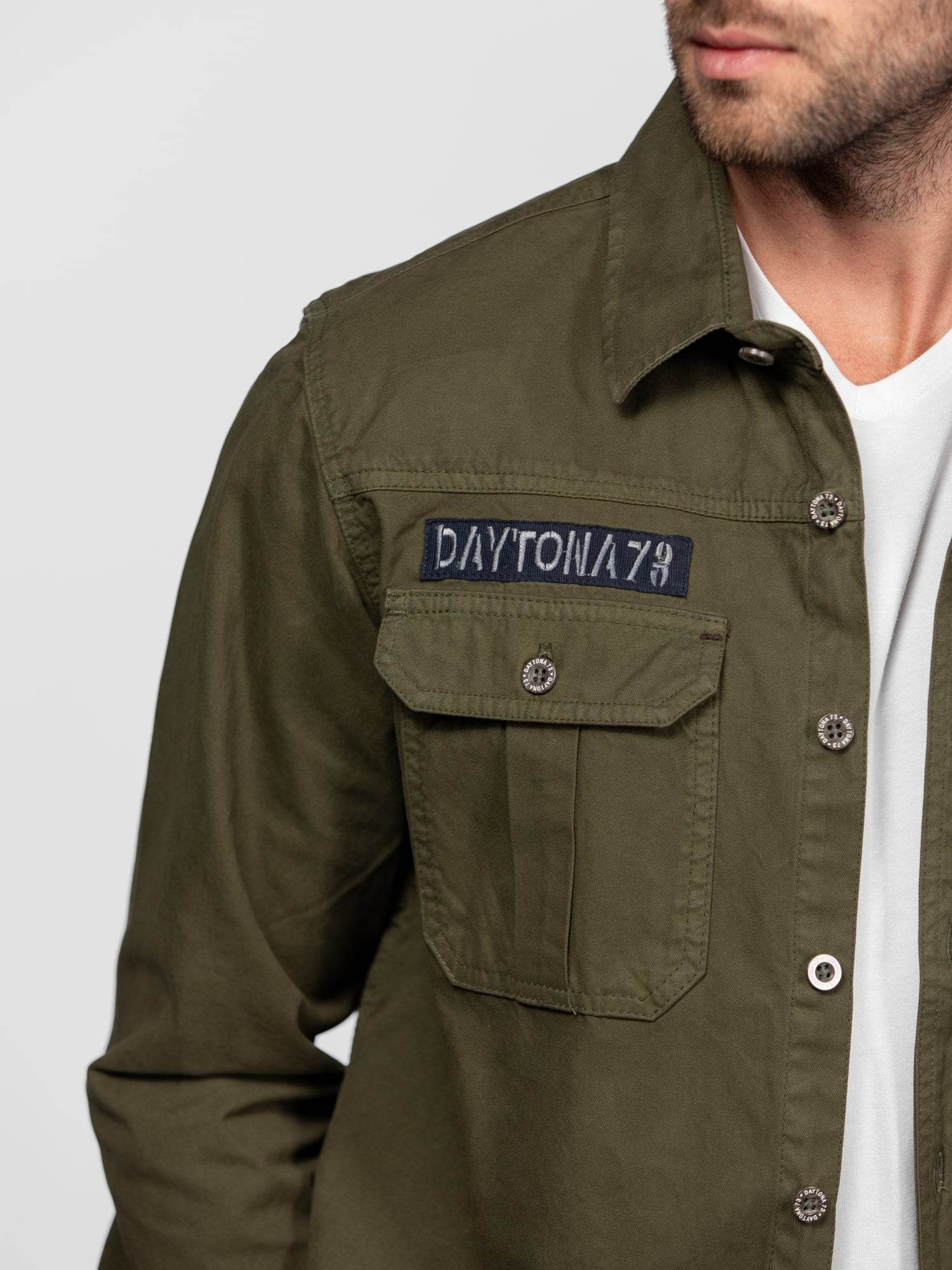Leather and water don't mix well? While it's not recommended to expose your jacket to the rain, it's a naturally durable product that can withstand occasional downpours, provided you take care of it. Here's a quick maintenance guide to avoid damaging a brand-new coat!
Leather and rain: be careful not to overdo it
Let's not forget: leather is still skin at its core, naturally protected by a hydrolipidic layer to resist water. This is the famous little layer of withered skin we have when we stay in our bath for too long, for example. On the other hand, transformed leather is treated and therefore no longer has this famous layer. However, it is possible to waterproof your garment to restore this protection. And just like with skin, your leather jacket will need hydration and care to keep all its shine or its aged appearance.
Leather care and waterproofing
When you buy a leather jacket, you waterproof it before even using it for the first time; that's the basics. A simple downpour can leave a permanent stain. Choose a product that's suited to the type of leather, but also to the frequency of use or exposure to rain. The product is then applied to a clean, well-maintained garment to prevent grease stains from setting in. Choose your product carefully, because everything counts. For example, oily leathers like cowhide or buffalo will stain more easily in the rain on white clothing, so you'll need a durable product:
- maintenance cream,
- waterproofing spray,
- moisturizing milk,
- degreasing lotion,
- etc.
Waterproofing should be renewed daily . For normal use (little exposure to rain), do this every 2 years. For excessive use (which, remember, is still not recommended!), try re-treating the leather more regularly to renew its protective layer.
If your leather jacket has gotten wet, especially resist the temptation to let it dry in front of a radiator or a towel rack. Prolonged exposure to a high heat source wrinkles the leather and damages it irreparably.
Recovering water-damaged leather
Improper waterproofing or forgetting to re-waterproof can happen, but don't panic: stains can often be repaired. There are several solutions to remove a stubborn stain.
tackle the leather with a soft cloth and a degreasing product to remove its protective layers;
then gently rub the stain with a cotton ball moistened with cold water and mild soap or a wipe soaked in petroleum jelly;
or heat a heat gun for a few seconds, quite far from the leather (about 50 cm).
Be careful, be gentle. Test first to make sure the leather can handle your product. Use a dabbing technique. Condition your leather well after stripping.
Once the stain is removed, apply a moisturizing balm or polish to the color of your jacket, then a coat of fixative to seal everything.













Leave a comment